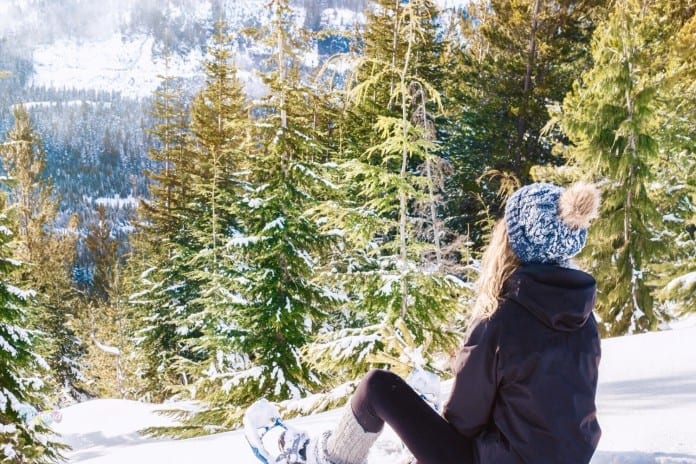March long weekend is a popular time for British Columbians to head outdoors with friends and family, exploring the B.C.’s snowy mountain regions, trails and backcountry. It is important to plan ahead, know the terrain, and to take the proper gear, in order to stay safe. This won’t eliminate risks, but it will increase the chances for returning home.
Avalanches are a danger, particularly in backcountry: Tragically, there have been 13 avalanche related deaths in B.C. this year. Twelve of them were snowmobilers. Four were killed within 48 hours on March 13 and 14.
Gilles Valade, executive director, Avalanche Canada, “March is the worst month for avalanche fatalities. The warmer temperatures, and bright sun at this time of year, tend to have a destabilizing effect on the snowpack that is still winter-like, with many layers. This creates conditions ripe for natural and human triggered avalanches. These same sunny, warm days, also affect people’s risk perception. “Blue-sky syndrome” can cause people to underestimate risk, which can lead to tragic results.”
Quick Facts
– 90% of all avalanche fatalities are triggered by those involved.
– Between January 1, 1996, and March 17, 2014, there were 192 avalanche-related deaths in B.C., an average of 10 deaths each year. (Source: BC Coroners Services Statistics)
Follow these tips from Adventure Smart whether you’re heading out for a day-hike or a strenuous multi-day trek:

- If heading into backcountry know that everyone needs to have an avalanche transceiver, probe and shovel.
- File a flight plan: tell someone where’re you’re going and when you will be back.
- A two-day Avalanche Skills Training 1 course is the minimum training recommended for travelling in avalanche terrain.
For current conditions, check www.avalanche.ca.
For more avalanche information and how to be prepared, visit PreparedBC.
Stay safe and have fun this March long weekend!






